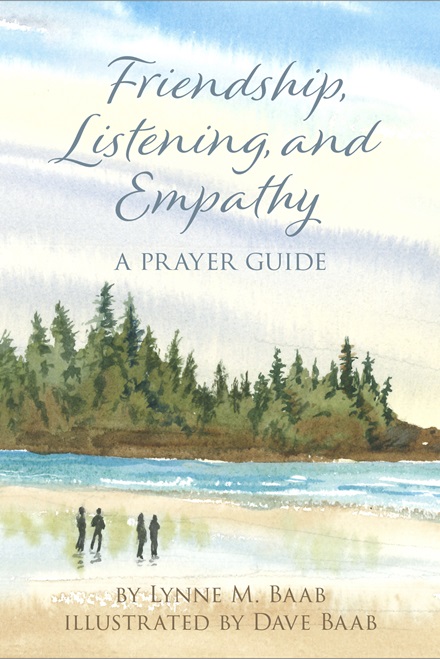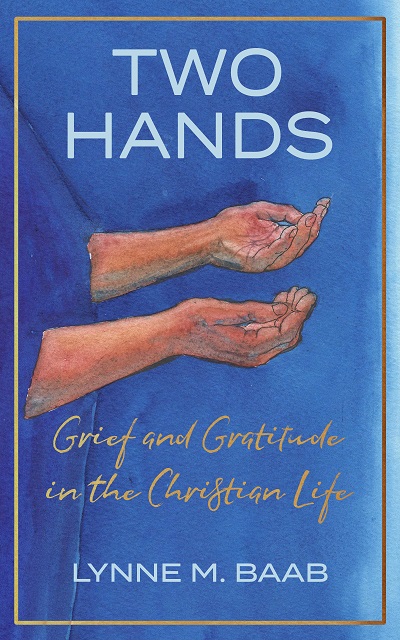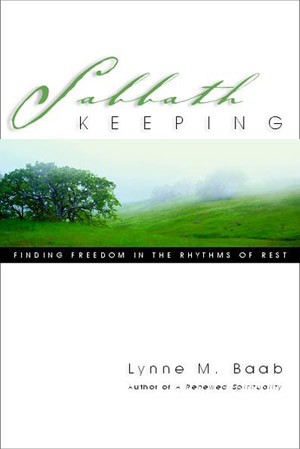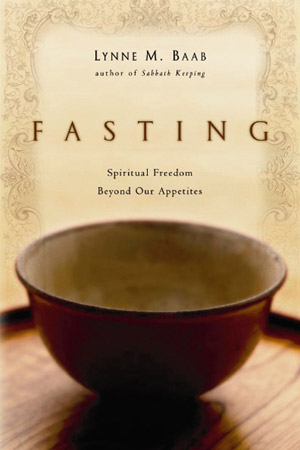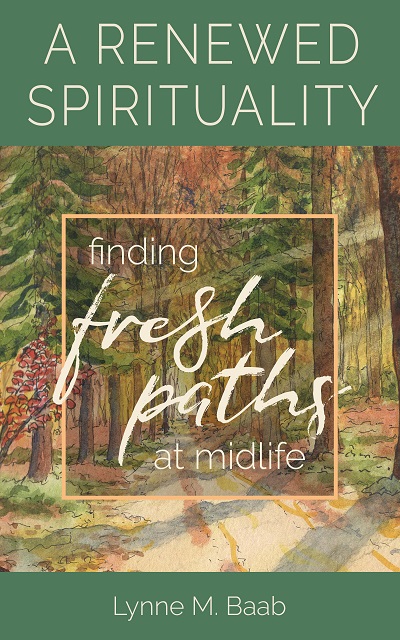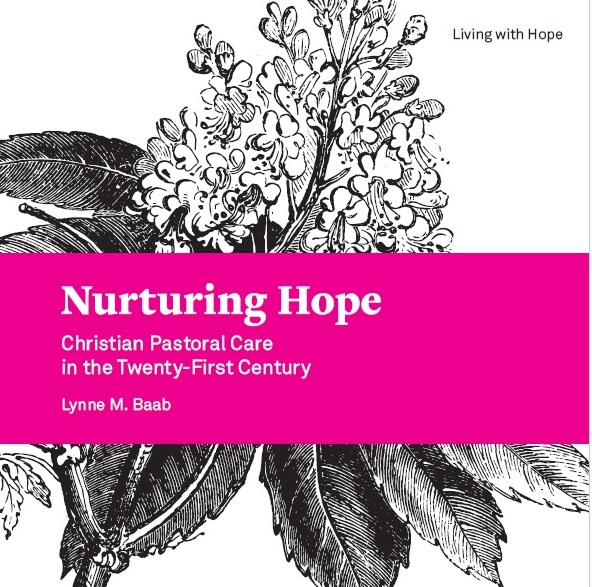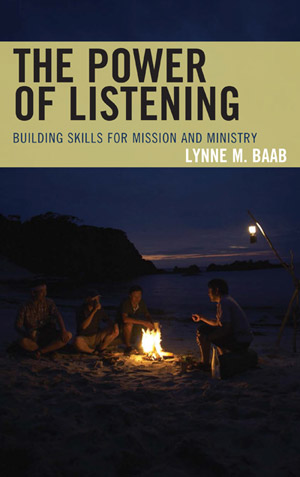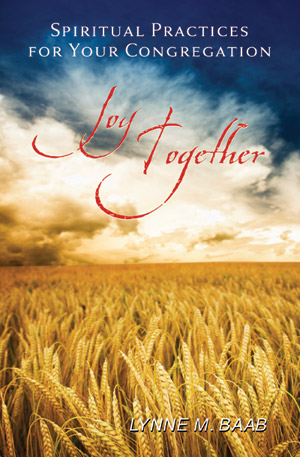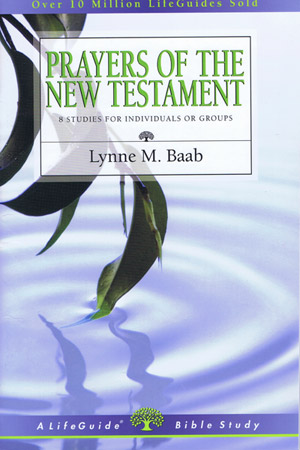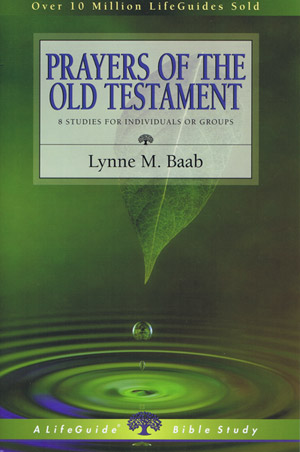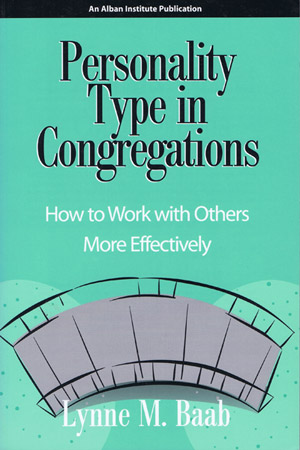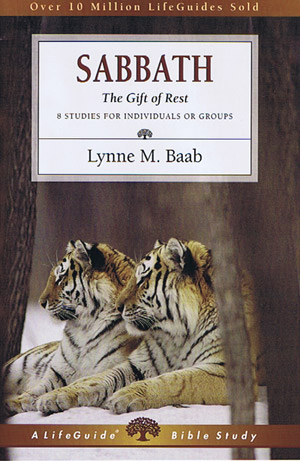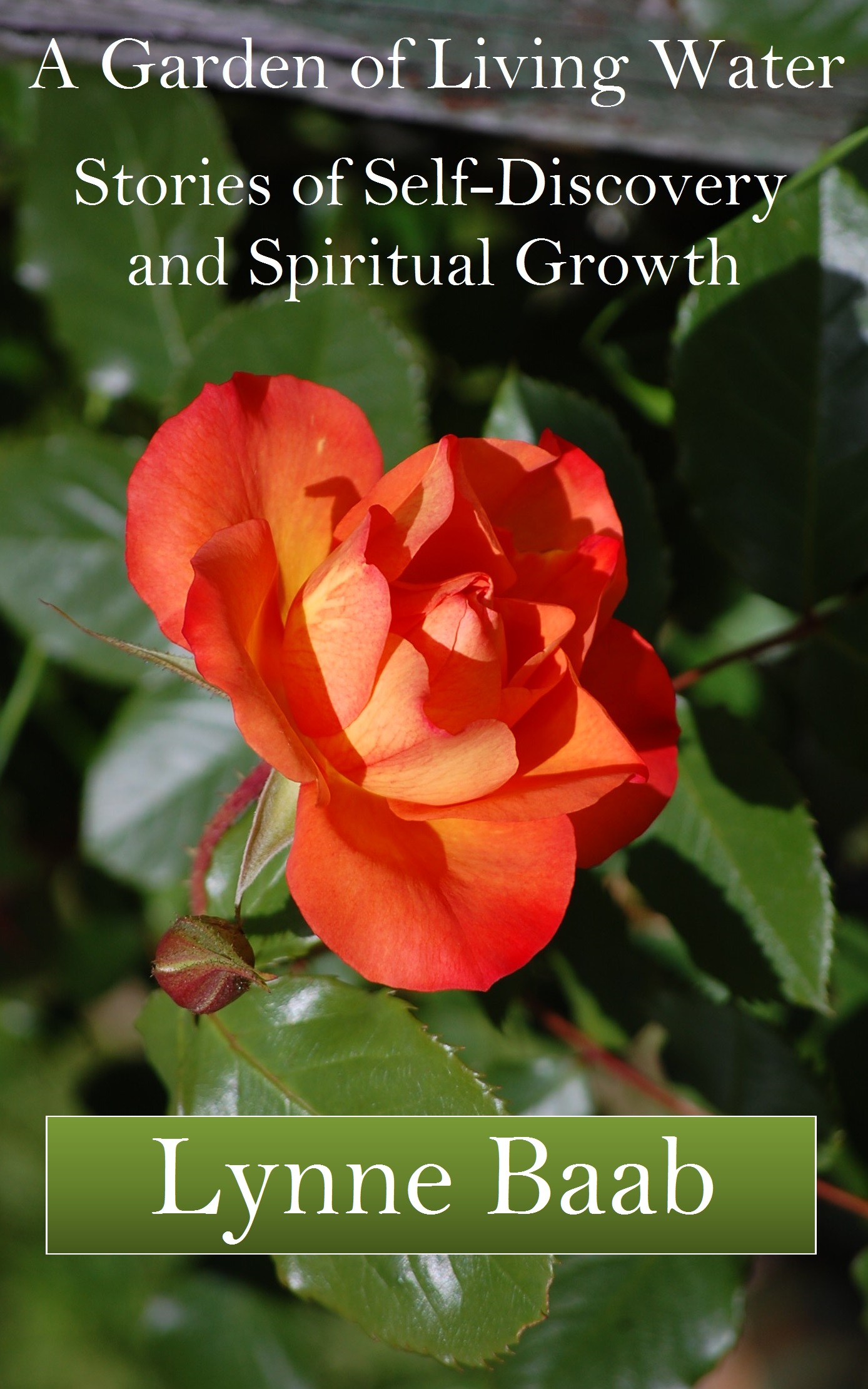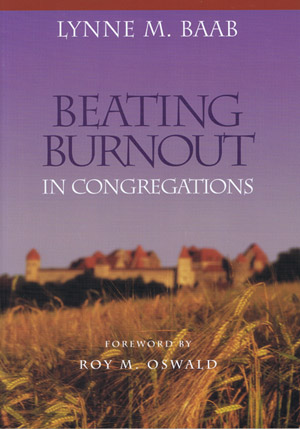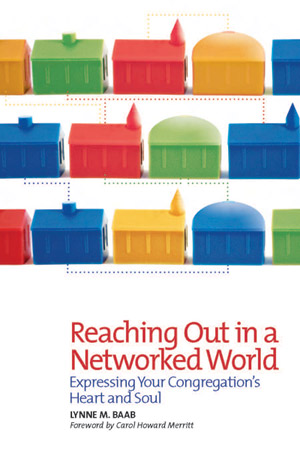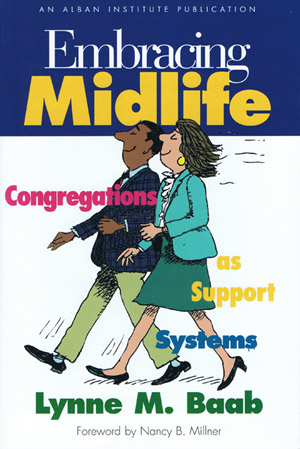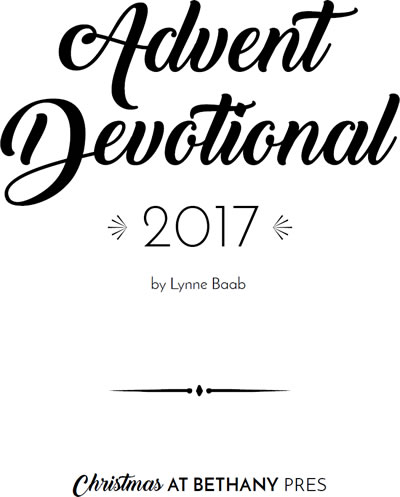Prayer and Pilgrimage
Lynne Baab • Tuesday July 11 2023
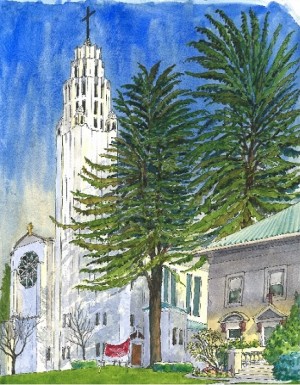
“Pilgrimage is the practice of walking to a holy site with prayerful intention to be more than a tourist, as well as prayerful attention to the Holy Spirit’s movements within.”
—Adele Ahlberg Calhoun, Spiritual Disciplines Handbook (italics in original) [1]
Example 1, which felt like a pilgrimage. I lived in Hampton, Virginia during my three years of junior high school, in three different houses. I attended two different junior high schools. In 2000, my husband Dave and I took a trip to Virginia, and for the first time since I was 14 years old, I saw the three houses and the two junior high schools, as well as the Episcopal Church my family attended all three years. “Saw” is a pale and inadequate word to describe the depth of emotion I experienced seeing those houses, schools, and the church. Using Adele Ahlberg Calhoun’s definition of pilgrimage, I definitely intended to be more than a tourist, and I couldn’t help but pay attention to the Holy Spirit’s movements within me because my feelings were so intense and felt so holy. I had such a powerful awareness of the major transitions that happened in the three years of my life when I lived in those houses and attended those schools. Among other transitions, I had pretty deep faith in God when I arrived in Virginia at 12, and when we left, right before my fifteenth birthday, I was almost ready to call myself an atheist. Yet, in that visit in 2000, I could see how God had walked with me in all the ways I grew and developed there. I guess, according to Calhoun’s definition, that makes those houses, schools, and the church holy sites. God’s presence with me as a child and also in 2000 did indeed make those places holy. God spoke to me there.
Example 2, numerous trips in Israel which only sometimes felt like pilgrimages. When Dave and I lived in Tel Aviv, Israel for 18 months as young adults, we got to visit many sites that are considered holy: Bethlehem, Capernaum, Nazareth, Caesarea, Joppa (now called Jaffa), many places in Jerusalem, and many archaeological digs of places mentioned in the Bible. I’m pondering Calhoun’s definition to try to figure out why some of those trips felt like pilgrimages and some didn’t. The sites were holy by most definitions, and I went to see them with the intention to be more than a tourist. Maybe the action of the Holy Spirit within me felt muted and distant in some of the sites we visited in Israel, in part because we were living in Israel and took so many trips to “holy” sites in 18 months. Or maybe I stopped listening to the Holy Spirit when I saw the crowds of tourists in some of the places.
Another factor that contributes to a sense of pilgrimage is the need to trust God. Many people who walk the Camino de Santiago or other pilgrimage walks talk about the way they experience their dependence on God. They have so little control over the weather, the next place to eat and sleep, and the people who are walking at the same time. This opens them to “prayerful attention to the Holy Spirit’s movements within.” They may feel Jesus walking alongside them in new ways because the lack of control and the need to trust focuses their intention and attention.
In some ways the central form of prayer on a pilgrimage is listening to God. In so many church communities, talking to God has been the primary form of prayer. I wonder if pilgrimages have become more popular in part because we long to hear God speak to us, yet we have received so little instruction in how to do that. A pilgrimage opens us to hear God’s voice in new ways, in part because we need to trust God in deep ways.
Calhoun writes that the desire in going on a pilgrimage is “to go on an outer journey that will lead me closer to God.” She gives examples of how to go on a pilgrimage, and she mentions the Camino de Santiago and other walks. She also suggests visiting sites in the Holy Land, a beautiful local church, or a place in creation where God speaks to you. One of her examples is a bit unexpected. She suggests slowing down the everyday activities of life as if you are walking slowly on a pilgrimage path.
I want to give you the four examples of “God-given fruit” that Calhoun suggests that we might experience with a pilgrimage. As you read this list, think about the role that prayer — speaking and listening to God, and resting in God — might play in receiving each of these:
- A sense of connectedness to Jesus and his journey
- Integration of body, soul, feet, and faith
- A deeper sense of being a pilgrim and stranger on earth
- Gratitude for a body that can follow Jesus
Jesus, we often say you walked on earth with us, and you walk with us still. Help us to know if you are calling us to a pilgrimage, whether that involves traveling to the other side of the earth, visiting someplace local, or approaching our daily lives with a different intention. Holy Spirit, open the eyes and ears of our hearts to sense your movement within us.
֍ ֍ ֍
Quick links:
- my latest book, Almost Peaceful: My Journey of Healing from Binge Eating
- last year's book, Draw Near: A Lenten Devotional, illustrated with Dave Baab’s beautiful watercolors
- my most popular book, Sabbath Keeping: Finding Freedom in the Rhythms of Rest (audiobook, paperback, and Kindle)
- quick overview of all my books
- more than 50 articles I’ve written for magazines on listening, Sabbath, fasting, spiritual growth, resilience for ministry, and congregational communication
(This is the ninth post in a series on spiritual practices and prayer. If you’d like to learn more about spiritual practices and see a list of all the posts in the series, the first post of the series is here. Illustration by Dave Baab: St. Joseph Catholic Church, Seattle. If you’d like to receive an email when I post on this blog, sign up below under “subscribe.”)
Related posts:
- Prayers of releasing/receiving/returning while walking
- Celtic Christianity: The Celtic sense of place and pilgrimage
- Celtic Christianity: Jan’s story about pilgrimage
[1] Adele Ahlberg Calhoun’s section on pilgrimage in the Spiritual Disciplines Handbook, InterVarsity Press, 2015 edition, is pages 68-70.
Next post »« Previous post
Subscribe to updates
To receive an email alert when a new post is published, simply enter your email address below.
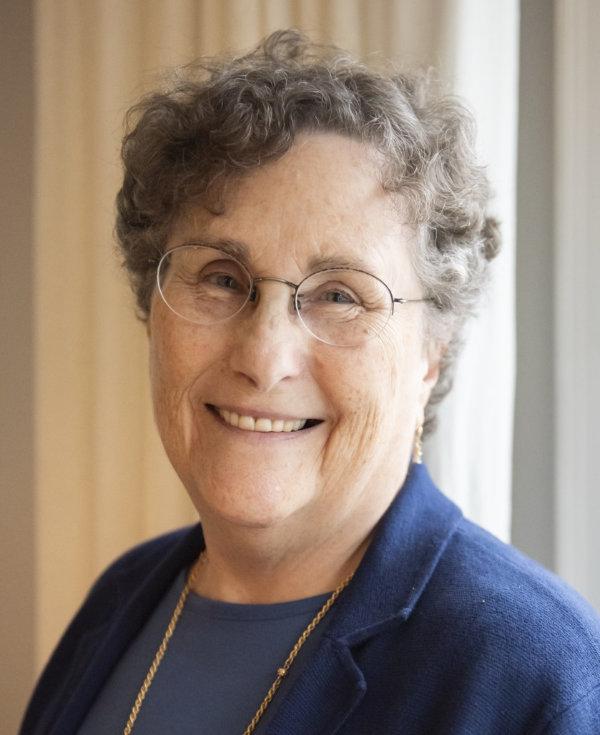
Lynne M. Baab, Ph.D., is an author and adjunct professor. She has written numerous books, Bible study guides, and articles for magazines and journals. Lynne is passionate about prayer and other ways to draw near to God, and her writing conveys encouragement for readers to be their authentic selves before God. She encourages experimentation and lightness in Christian spiritual practices. Read more »
Quick links:
- Two latest books: Draw Near: A Lenten Devotional and Friendship, Listening and Empathy: A Prayer Guide (illustrated with Dave Baab's beautiful watercolors)
- Most popular book, Sabbath Keeping: Finding Freedom in the Rhythms of Rest (audiobook, paperback, and kindle)
- quick overview of all Lynne's books
- more than 50 articles Lynne has written for magazines on listening, Sabbath, fasting, spiritual growth, resilience for ministry, and congregational communication
You can listen to Lynne talk about these topics:
"Lynne's writing is beautiful. Her tone has such a note of hope and excitement about growth. It is gentle and affirming."
— a reader
"Dear Dr. Baab, You changed my life. It is only through God’s gift of the sabbath that I feel in my heart and soul that God loves me apart from anything I do."
— a reader of Sabbath Keeping
Subscribe
To receive an email alert when a new post is published, simply enter your email address below.
Featured posts
- Drawing Near to God with the Heart: first post of a series »
- Quotations I love: Henri Nouwen on being beloved »
- Worshipping God the Creator: the first post of a series »
- Sabbath Keeping a decade later: the first post of a series »
- Benedictine spirituality: the first post of a series »
- Celtic Christianity: the first post of a series »
- Holy Listening »
- A Cat with a Noble Character »
- Welcome to my website »
Tags
Archive
- December 2025 (2)
- November 2025 (4)
- October 2025 (3)
- September 2025 (5)
- August 2025 (4)
-
July 2025 (6)
- Praying about the flow of time: Praying about AND — again
- Praying about the flow of time: Praying for our ordinary lives
- Praying about the flow of time: Wind and water
- Praying about the flow of time: Paying attention to our stories
- What I learned from the past year's blog posts
- First post in a new series: Journey
- June 2025 (4)
- May 2025 (4)
- April 2025 (4)
- March 2025 (5)
- February 2025 (4)
- January 2025 (5)
- December 2024 (3)
-
November 2024 (5)
- Praying about the flow of time: Small actions with big benefits
- Praying about the flow of time: The overlap of the sacred and the ordinary
- Praying about the flow of time: The joy of the kingdom of God
- Praying about the flow of time: Advent can be confusing
- Praying about the flow of time: Why Jesus had to come
-
October 2024 (5)
- Praying about the flow of time: Rosh Hashanah, the Jewish New Year
- Praying about the flow of time: A month of celebrating renewal and moral responsibility
- Praying about the flow of time: The Feast of Tabernacles calls us to stay fluid and flexible
- Praying about the flow of time: Daily rhythms of prayer
- Praying about the flow of time: All Hallows Eve and All Saints Day
- September 2024 (3)
- August 2024 (5)
- July 2024 (3)
- June 2024 (5)
- May 2024 (5)
- April 2024 (4)
-
March 2024 (5)
- Friendship, loneliness, and prayer: Praying about distractions from empathy
- Friendship, loneliness, and prayer: Praying to keep empathy flowing
- Friendship, loneliness, and prayer: Everyday initiative
- Friendship, loneliness, and prayer: Praying for guidance for ending conversations
- Friendship, loneliness, and prayer: Reflecting on the series
- February 2024 (4)
- January 2024 (2)
-
December 2023 (6)
- Friendship, loneliness, and prayer: Initiating
- Friendship, loneliness, and prayer: Praying about listening roadblocks
- Friendship, loneliness, and prayer: Praying to love the poverty in our friends
- Friendship, loneliness, and prayer: Praying for “holy curiosity”
- Friendship, loneliness, and prayer: Praying for “holy listening”
- Friendship, loneliness, and prayer: Praying to give affection extravagantly
- November 2023 (4)
-
October 2023 (5)
- Friendship, loneliness and prayer: A listening skill with two purposes
- Friendship, loneliness, and prayer: Saying “thank you” to friends
- Friendship, loneliness, and prayer: One more way reflecting helps us
- Friendship, loneliness, and prayer: Lessons from two periods of loneliness
- Friendship, loneliness, and prayer: Types of reflecting, a listening skill
- September 2023 (4)
- August 2023 (4)
- July 2023 (5)
- June 2023 (3)
- May 2023 (6)
- April 2023 (4)
- March 2023 (4)
- February 2023 (4)
- January 2023 (4)
- December 2022 (5)
- November 2022 (1)
- October 2022 (5)
- September 2022 (5)
-
August 2022 (6)
- Draw near: Confessing sin without wallowing
- Draw near: A favorite prayer about peace, freedom, and much more
- Drawing near with Desmond Tutu: God’s love is the foundation for prayer
- Draw near: Worshipping God with Desmond Tutu
- Draw near: Yearning, beseeching and beholding with Desmond Tutu
- Draw near: Praising God with Desmond Tutu
- July 2022 (2)
- June 2022 (6)
- May 2022 (5)
- April 2022 (6)
- March 2022 (5)
- February 2022 (4)
- January 2022 (3)
- December 2021 (5)
- November 2021 (4)
- October 2021 (5)
- September 2021 (4)
- August 2021 (4)
- July 2021 (4)
- June 2021 (4)
- May 2021 (4)
- April 2021 (5)
- March 2021 (4)
- February 2021 (4)
- January 2021 (4)
- December 2020 (5)
- November 2020 (3)
- October 2020 (5)
- September 2020 (4)
- August 2020 (4)
- July 2020 (5)
- June 2020 (4)
-
May 2020 (4)
- Spiritual diary of sheltering in place: The lifeline of separating thoughts from feelings
- Spiritual diary of sheltering in place: The lifeline of welcoming prayer
- Spiritual diary of sheltering in place: a kite string as a lifeline
- Spiritual diary of sheltering in place: The lifeline of God’s distant future
-
April 2020 (7)
- Spiritual diary of self-isolation: the lifeline of God’s constancy
- Spiritual diary of sheltering in place: The lifeline of accepting my place as a clay jar
- Spiritual diary of sheltering in place: the lifeline of memories
- Spiritual diary of sheltering in place: the lifeline of “Good” in “Good Friday”
- Spiritual diary of sheltering in place: The lifeline of “easier does not mean easy”
- Spiritual diary of sheltering in place: The lifeline of nature
- Spiritual diary of sheltering in place: the lifeline of God’s voice through the Bible
-
March 2020 (7)
- Important anniversaries in 2020: The first Earth Day in 1970
- Important anniversaries in 2020: Florence Nightingale was born in 1820
- Spiritual diary of self-isolation: Weeks 1 and 2
- Spiritual diary of self-isolation: God's grace as a lifeline
- Spiritual diary of self-isolation: The lifeline of limits on thoughts
- Spiritual diary of self-isolation: Wrestling with God for a blessing
- Spiritual diary of self-isolation: Responding to terror by listening to Jesus voice
- February 2020 (4)
- January 2020 (5)
- December 2019 (4)
- November 2019 (4)
- October 2019 (5)
- September 2019 (4)
- August 2019 (5)
- July 2019 (4)
- June 2019 (4)
- May 2019 (5)
- April 2019 (4)
- March 2019 (4)
- February 2019 (4)
-
January 2019 (5)
- Nurturing friendships in a cellphone world: Jesus as Friend
- Nurturing friendships in a cellphone world: Friendship with Christ and friendship with others
- Nurturing friendships in a cellphone world: Who is my neighbor?
- Nurturing friendships in a cellphone world: Friendship as action
- Nurturing friendships in a cellphone world: Hymns that describe friendship with God
- December 2018 (3)
-
November 2018 (5)
- Connections between the Bible and prayer: Sensory prayer in Revelation
- First post in a new series: Nurturing friendships in a cellphone world
- Nurturing friendships in a cellphone world: Strong opinions and responses
- Nurturing friendships in a cellphone world: My conversation partners about friendship
- Nurturing friendships in a cellphone world: Two views about communication technologies
- October 2018 (4)
- September 2018 (4)
-
August 2018 (5)
- Providing Christian Care in Our Time
- Providing Christian care in our time: Seven trends in pastoral care today
- Providing Christian Care in Our Time: Skills for Pastoral Care
- Providing Christian care: The importance of spiritual practices
- First post in a new series: Connections between the Bible and prayer
- July 2018 (4)
- June 2018 (4)
- May 2018 (5)
- April 2018 (4)
- March 2018 (5)
- February 2018 (4)
- January 2018 (4)
- December 2017 (5)
- November 2017 (4)
- October 2017 (4)
- September 2017 (5)
- August 2017 (4)
- July 2017 (4)
- June 2017 (4)
-
May 2017 (5)
- My new spiritual practice: Separating thoughts from feelings
- My new spiritual practice: Feeling the feelings
- My new spiritual practice: Coping with feelings that want to dominate
- My new spiritual practice: Dealing with “demonic” thoughts
- My new spiritual practice: Is self-compassion really appropriate for Christians?
- April 2017 (4)
- March 2017 (5)
- February 2017 (4)
- January 2017 (4)
- December 2016 (5)
- November 2016 (4)
- October 2016 (4)
- September 2016 (5)
- August 2016 (4)
- July 2016 (4)
- June 2016 (4)
- May 2016 (5)
- April 2016 (4)
- March 2016 (5)
- February 2016 (4)
- January 2016 (4)
- December 2015 (4)
- November 2015 (4)
- October 2015 (5)
- September 2015 (4)
- August 2015 (4)
- July 2015 (4)
- June 2015 (4)
- May 2015 (4)
- April 2015 (6)
- March 2015 (4)
- February 2015 (4)
- January 2015 (4)
- December 2014 (5)
- November 2014 (4)
- October 2014 (4)
- September 2014 (4)
- August 2014 (5)
- July 2014 (4)
- June 2014 (7)


